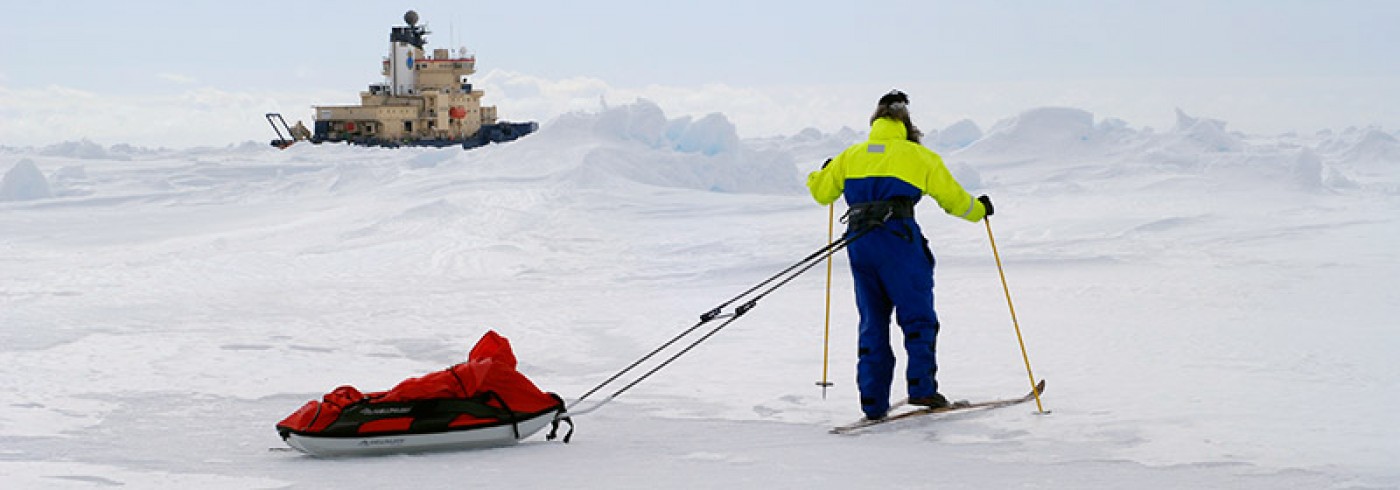Mapping the Amundsen Sea polynya microbiome: patchiness and role in carbon processing
26 November 2010 - 17 January 2011We are part of the Amundsen Sea Polynya International Research Expedition (ASPIRE) project, which aims to investigate climate controls of carbon fluxes in one of the most productive areas in the Southern Ocean: the Amundsen Sea. We have studied the mechanisms driving microbial biogeography in the biogeochemically patchy Amundsen Sea Polynya and their role in autotrophic and heterotrophic carbon processing. The research provides new insight into the response of microbial communities to environmental change in this polar region. Aquatic microbial communities are taxonomically and functionally diverse and their composition may influence their roles in biogeochemical cycles.
The Amundsen Sea is difficult to access and previous studies of the area are scarce. This region hosts a polynya that appears to have the greatest primary production per unit area in the Southern Ocean but also features tremendous inter-annual and spatial variability. Fieldwork at polynya stations allowed us to capture the spatial heterogeneity in productivity and link this to microbiome variation. This will help us determine the mechanisms driving carbon fluxes in the region.
Abundances of bacteria, viruses, and protozoa were assessed using flow cytometry. Microbial community composition was analysed by pyrosequencing the 16S rRNA genes. A subset of the stations was subjected to experiments to:
- quantify the loss of bacteria by grazing or viral lysis
- identify substrate acquisition strategies in bacterial communities
- determine the growth rates of bacterial communities in light and darkness
- quantify dark autotrophic carbon fixation and identify the key organisms mediating this process
As expected, both bacterial and viral abundances indicate patchy distribution with decreasing abundance with depth. Bacterial pyrosequencing data from 230 field and experimental samples will be used to guide single-cell methods.
We will publish our work in peer-reviewed international journals, while the sequence data will be publicly available via the Sequence Read Archive (SRA) at the US National Center for Biotechnology Information.








